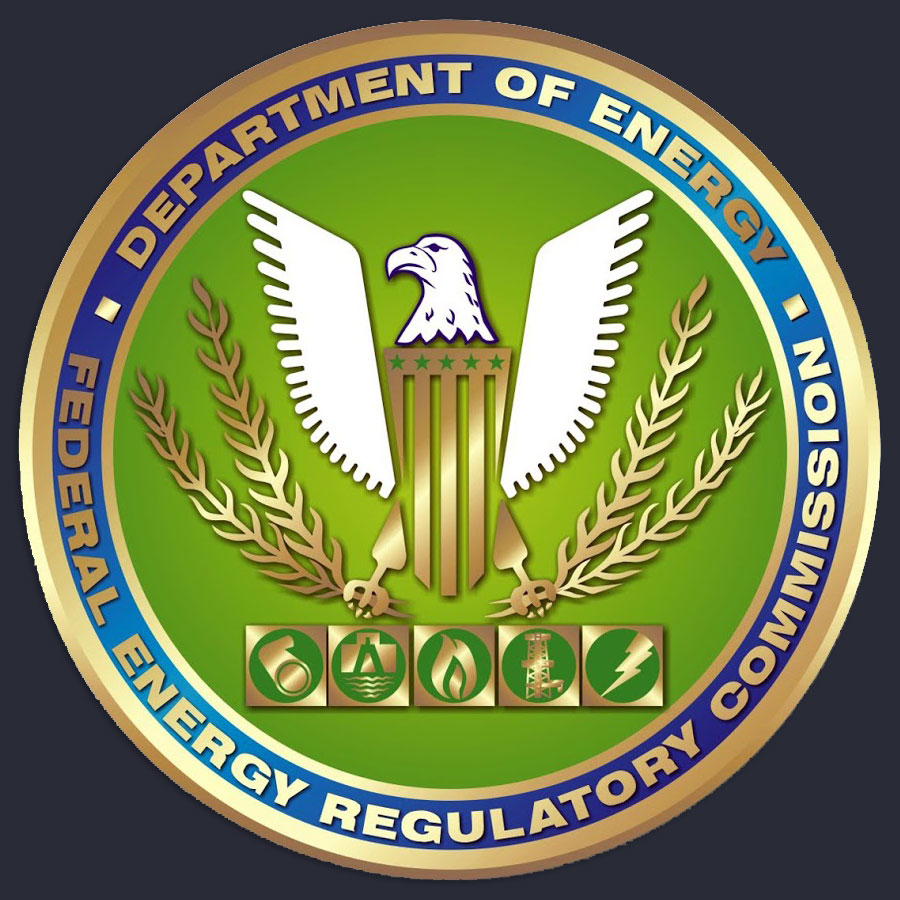 Utilizing Dynamic Line Ratings (DLR) in Operations and Markets: FERC Panel Remarks
Utilizing Dynamic Line Ratings (DLR) in Operations and Markets: FERC Panel Remarks
Sean Morash, EnerNex Senior Consultant, was a panelist at the Federal Energy Regulatory Commission (FERC) Technical Conference on Managing Transmission Line Ratings in Washington, DC held in September 2019.
His prepared remarks – originally published via the FERC website
Hello, I am Sean Morash, a Smart Grid Engineering Consultant at EnerNex. My primary focus over the last few years has been on the distribution side, particularly in smart grid architectures and strategies focusing on the integration of new technologies into the grid. The distribution system across the US has long been outpaced by the transmission system in terms of situational awareness and, generally, technology. However, the same lessons that are being learned at the distribution level, in terms of affecting change across siloes of an organization or across different organizations, can be applied to this discussion on DLR.
There are a two primary considerations that I continuously find myself revisiting when contemplating the future of DLR:
Number One – These are solved technical problems. We are not all experts in all of these. I am certainly not… yet. But IEEE 738 shows us how to rate a line, NERC CIP tells us how to protect assets
from cyber attacks, ICCP and DNP3 and other interoperability standards help us to coordinate between systems and organizations, and there are a host of telecommunications and internet
standards which could facilitate data transport from the field to control room.
Number Two – Stepping forward is better than standing still. Often with new technologies, the promise of potential can stunt growth. The promise of potential allows us to consider multiple use cases and stack values and unlock all these possibilities. Quickly, DLR becomes a tool for everyone in the decision making world, whether that’s an operational system optimizing the state estimator, human operators looking for improved situational awareness, or planners looking for asset health monitoring and or attempting to utilize DLR in wind plant interconnection studies. And Ultimately, for those of us here at FERC today, how to do all of these at once. We can become paralyzed by potential. Engineers start to brain dump to provide every possibility instead of focusing on one, first, capability.
Our focus today should be on taking the first step – identifying the locations where DLR or AAR could provide value today. Let’s worry about tomorrow…tomorrow. So what do we need for DLR data streams today? Well it varies, but it will ultimately come down to the economics. Can an RTO/ISO or transmission operator economically justify the investment? Are the incentives set up right? Is there a good way to model the impact, keeping in mind what I see as the primary use DLR – not to defer traditional transmission expansion altogether, but to empower decision makers with more information about the behavior of the system. I think that this panel is intended to focus on the practical considerations of achieving just that. Maybe it’s my job to focus this panel on that. Regardless, staff has prepared questions and I would be remiss in failing to address at least one of those.
The concept of coordinating across RTO/ISO seams is an important one. It teases to the broader question of providing the appropriate incentive mechanisms for DLR. If a DLR system is successful on its target line, merely to cause congestion elsewhere, then the net impact should be assessed. The problem is that the net impact is difficult to assess without large interconnection studies. I think that a lot of this could fall to capacity expansion planning mechanisms, but with a standardized toolkit on how to model a dynamically rated line. One actor’s assumptions on the capabilities of a line should not differ from another.
Another question posed to this panel is the question of transitioning from AAR to DLR. I propose another step to fit neatly between the two. Wind and ambient adjusted ratings (WAAR) would utilize air temperature readings just like AAR, but also incorporate aggregate wind data. The wind adjusted ratings could utilize wind forecasts from national sources such as NOAA’s high-resolution rapid refresh model, which provides wind speed and direction at 3 square kilometer intervals, to take a step towards dynamic line ratings. Again, Leaps are not necessary. Taking one step at a time is helpful.
Thank you. I look forward to hearing from the other speakers and the discussion that follows.


